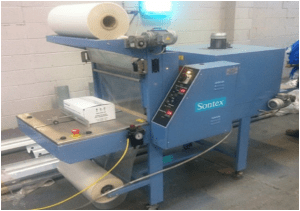
Have you observed how ice melts when it is kept outside the fridge? The ice is available in solid form but when the temperature is not maintained, it turns into water, which is the liquid form. Drying up of ponds and rivers is an example of a change in state from liquid to gaseous form. So what is changing states of matter?
Changing states of matter is defined as the change in the physical state of the matter. Changing states of matter is a reversible change and do not include any chemical changes.
After learning the definition, the next question would be, why is there a change in the phase of these matters? The answer is when there is a change in the temperature and/or pressure, a phase change occurs. The interactions between the molecules of these matters are dependent on the parameters, such as temperature and pressure.
What are the different states?
Following are the different states of matter:
- Solid: Solids can either melt into liquids or sublime into gases. Solids are obtained by deposition or by freezing process.
- Liquid: Liquids vaporize into gases or solidify into solids. Liquids are obtained either by condensation or by melting of solids.
- Gas: Gases can be changed into plasma, or to liquids, or into solids. Gases are obtained through processes such as sublimation of solids, vaporization of liquids, and recombination of plasma.
Different processes involved in change in states of matter
- Melting
The change in which the substance changes from a solid phase to the liquid phase is known as melting. Melting of an ice cube is an example of this process.
- Freezing
The change in which the substance changes from the liquid phase to the solid phase is known as freezing. Freezing of sweetened cream into ice cream is an example of this process.
- Vaporization
The change in which the substance changes from the liquid phase to the gaseous phase is known as vaporization. Example of this process can be observed when acetone is used as a nail paint remover.
- Condensation
When the gaseous state changes into a liquid state, that process is known as condensation. Condensation of water vapour into dew drops is an example.
- Sublimation
The process in which solid changes into gas is known as sublimation. Dry ice converting into carbon dioxide gas is an example of sublimation.
- Deposition
The process in which gaseous state changes into solid-state is known as a deposition. The solid layer of the mirror is obtained by depositing silver vapour.
- Ionization
The transformation of the gaseous state into a plasma state is known as ionization.
Interested to learn more about states of matter and other concepts of Physics such as accuracy and precision, stay tuned with BYJU’S or subscribe to our YouTube channel.



